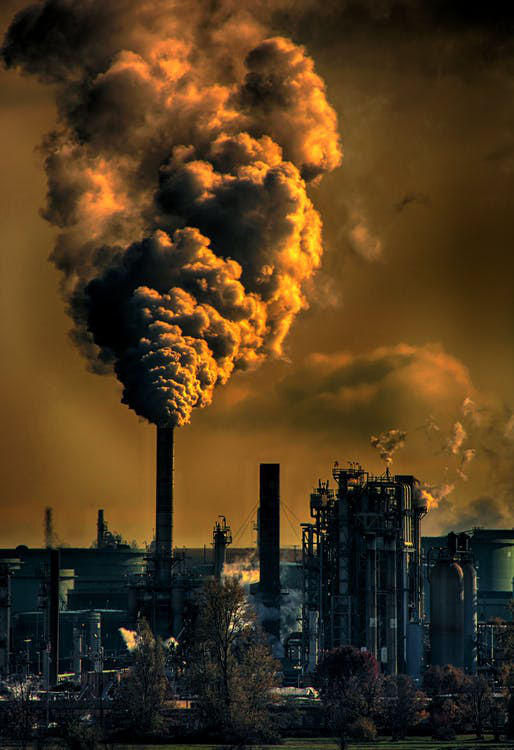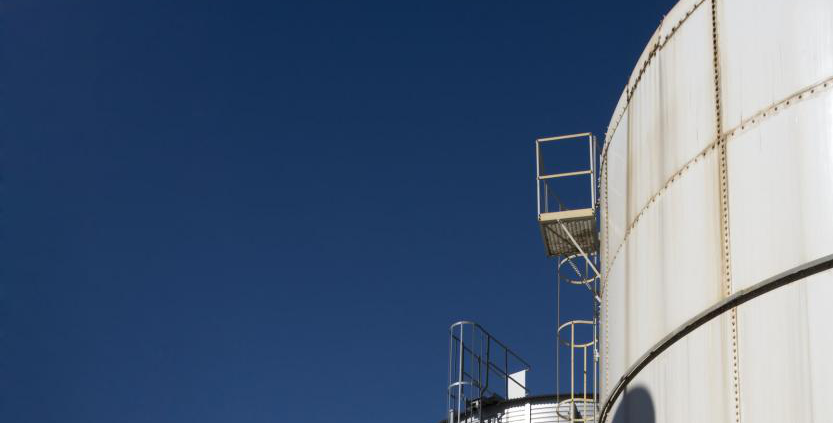Fiberglass Tanks for Chlorine Storage: What You Need To Know
Fiberglass is a popular choice of material for tanks and pipes in handling corrosive chemicals. Since industries have to handle large quantities of chlorine, they need a durable material for tanks and pipes.
Fiberglass reinforced plastics (FRP) is great for managing caustic chemicals and abrasive manufacturing methods. The containment of chlorine is an industrial application that proves how well FRP containers can enhance the efficiency of the production processes and reduce maintenance issues in the facility.
A quick overview of C&EN’s Global Top 50 Chemical Companies will show the scope of chemical industries. Published in 2017, this survey notified 50 companies that secured aggregate chemical sales of $851 billion. BASF—the business at the top of the ladder—shared news of the largest ever $10 billion investment they were going to make on a chemical complex.
With investment figures tripling in the chemical world, the need for hard-wearing fiberglass tanks has more than doubled. Learning about the manufacturing process of chlorine will put why FRP tanks are an indispensable need in perspective.
Manufacturing Chlorine
The electrolysis of sodium chloride or potassium chloride creates chlorine, which is then used in chemical processes. During electrolysis of sodium chloride, hydrogen gas and sodium hydroxide are created as co-products at the end. Similarly, in the electrolysis of potassium chloride, hydrogen gas is again a common by-product alongside potassium hydroxide.
Since hydrogen gas is a common by-product in both cases, companies need to develop cost-effective methods of handling it. In order to manage this issue, companies have resorted to some common solutions. These include releasing unprocessed hydrogen gas into the atmosphere or compressing or cooling it into a liquid and using it for other manufacturing processes. It can be channeled to relevant places using cylinders, pipelines or transported in trucks.
Since cooling hydrogen gas involves condensation that creates moisture, it’s a major problem for industries. Cooling is an unavoidable part of the process because it’s imperative for the liquefaction process that comes after. The exiting temperature range for chlorine is commonly in the range of 18–25 degrees Celsius.
The gas flows through multiple towers with sulfuric acid flowing simultaneously. The drying towers soak up any remaining signs of moisture from chlorine gas and it is then filtered to get rid of any part of sulfuric acid that’s left behind.

What Role Does FRP Play In This
When chlorine gas exits the cell, it needs to be dried and cooled down from temperatures reaching up to 80 degrees Celsius. The remains of moisture in this gas are what causes iron pipes to corrode. Since FRP pipes, tanks, ductwork and custom products are non-corrosive and resistant to abrasion, they’re an ideal substitute for the job.
Chlorine gas is compressed using methods such as liquid ring and centrifugal. Non-condensable gases and the extra chlorine gas are released to control the pressure levels inside the liquefaction systems. These vented-off gases are then transferred into a gas scrubber, where they can corrode containers and compromise plant efficiency.
In contrast to that, FRP chlorine gas scrubbers, fan casing, towers stacks and inlet bells offer efficient utility for the manufacturing plants. This material is a huge success in improving the efficiency of the entire process because of its corrosion resistance.
The Efficiency of FRP Containers
FRP pipes and tanks are an excellent material for cooling and storing chlorine gas while it’s compressed and liquefied.
But apart from these applications, FRP is excellent for making components such as walkways, railings, decking, and bridges that can further upgrade the functionality and standards of the manufacturing plant.
If you’re looking for reliable installation or repair of FRP tanks and pipes, tank inspection services in Lake City, contact us at (386) 758-0057.
Learn more about fiberglass surface coating here.



